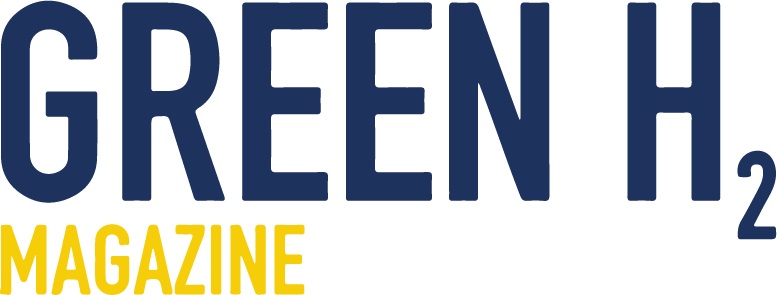
“The path toward carbon free objective requires a fundamental review of the overall energy system. Now, power electronics and digitalization with the use of algorithms and AI can allow a smooth supply of a safe and reliable renewable power in every sector and application. This means combining a range of technical industrial fields, R&D and know- how under the same umbrella.
That’s what Huawei doing by devoting around 20% of their yearly revenues to research and development.
In June 2021, Huawei established a new subsidiary, Huawei Digital Power, to bring together its various expertise and solutions in the energy sector by integrating cutting-edge innovations on the watt and bit levels, as well as in the areas of thermal, safety, reliability, energy storage, cloud, and artificial intelligence (AI) with the goal of accelerating the energy transition.
Solar PV with Battery Energy storage systems has emerged now as one of the low-cost clean power generation. Huawei’s track record on this field has also brought more safety, efficiency and intelligence.
This further reduces the levelized cost of electricity (LCOE), the levelized cost of storage (LCOS) and for sure Levelized cost of green hydrogen (LCOH) boosting these industries and their return of investment (ROI).
While the increasing penetration rate of renewables is very positive for carbon neutrality, it also represents a huge challenge
for the stability of conventional power grids, especially due to the intermittent and fluctuating nature of the renewable resources like Solar PV and Wind. Huawei’s deep know-how in power electronics technologies with IoT, big data, and AI help make Solar PV and Energy Storage (BESS), via a coordinated control algorithm, a reliable and stable energy source. With the latest synchronous BESS grid-forming technology, Huawei doesn’t only replicate the way synchronous generators works in conventional power systems, but support the electrical grid furthermore so to enable even higher renewable energy penetration rates and ultimately grids that are 100% carbon free.
Huawei’s grid-forming technology solves also problems related to parallel cross currents in systems with multiple voltage sources, black starts, and power oscillation damping. This allows systems to switch between grid-tied and off-grid modes.
The smart string modular design help to overcome inconsistencies in lithium batteries. The solution uses sophisticated management to maximize battery charge and discharge capacity, while supporting
the mixed use of old and new batteries for easy maintenance and replacement with an automatic SoC calibration. The rack-level optimization and multi-level fault isolation are making the solution much safer and more reliable on the whole project’s lifespan even in the extreme environment’s conditions (high temperatures, high humidity, and high salinity).
Through technological innovation, Huawei will continue to promote its open cooperation strategy and work with partners so to help industries reduce energy consumption, accelerate the transformation of their energy mix, and make clean, stable, and affordable energy accessible to every business, including Green Hydrogen industry.”

Mr. Ahmed Rouizem
HUAWEI NORTHERN AFRICA
REGIONAL CTO OF SMART PV BUSINESS
With almost 10 years working experience in the solar domain, Ahmed has developed a deep technical expertise helping to develop, promote and integrate Huawei solutions & products.
Since October 2023, Ahmed joined the Northern Africa Digital power Smart PV department as Smart PV Regional CTO.
